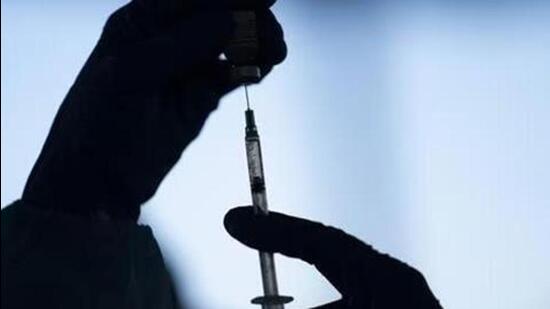Gujarat records 48 AES deaths, 39 confirmed cases of Chandipura virus
Ahmedabad: At least 48 people have died due to Acute Encephalitis Syndrome (AES) in Gujarat over the last month, a majority of whom are suspected to be due to the outbreak of the Chandipura virus (CHPV), according to state health department officials.
(Representative Photo)
Gujarat reported a total of 127 cases of AES till Friday. Of these, 39 of them have been confirmed positive for the Chandipura virus. The regions with the positive cases include Sabarkantha and Pachmahal with six each, Aravalli and Kheda with three each, Mehsana with four, Ahmedabad city with three, and Dahod with two, among others.
On July 17, the Gujarat government confirmed the state’s first death due to the Chandipura virus after a four-year-old child, Mota Kanthariya, in Aravalli succumbed to the virus at a government hospital in Sabarkantha.
Primarily affecting children below the age of 15, Chandipura has raised significant concerns among health officials and the public alike.
AES causes inflammation of the brain. It can be caused by various viruses, including the herpes simplex virus, enteroviruses, and Chandipura virus, which is a member of the Rhabdoviridae family that causes an acute encephalitic illness.
Currently, 54 patients remain hospitalised, while 26 have been discharged, health officials said.
Sandflies are known to be the main vectors of the Chandipura virus. Initial symptoms often include sudden onset of high fever, severe headache, and muscle pain. As the infection advances, it can lead to altered consciousness, seizures and in severe cases, coma and death.
The virus’s ability to cause rapid neurological deterioration makes early detection and treatment crucial for patient survival.
Health officials have been actively investigating and controlling the outbreak. The state has mobilised rapid response teams and intensified surveillance efforts, covering over 41,000 households in affected areas. Extensive preventive measures have been implemented, including dusting and spraying of insecticides in nearly 500,000 houses, over 19,000 schools, and more than 21,000 Anganwadis across the state.
Immediate measures include malathion fogging and spraying in affected areas to control the sandflies and mosquito population, also believed to be a significant vector for the disease. This preventive action has been carried out in approximately 496,676 households and 19,862 schools across the state.
Preventive measures have also been put in place for vulnerable populations, particularly in areas with reported cases, officials added.
Images are for reference only.Images and contents gathered automatic from google or 3rd party sources.All rights on the images and contents are with their legal original owners.


Comments are closed, but trackbacks and pingbacks are open.